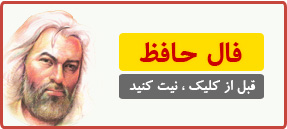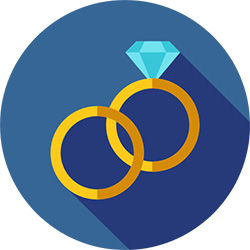
|

|

|
The rise of new learning methods with the help of technology
Learning English skills using a dedicated application while on the way to go home, etc. Professionals are increasingly turning to these digital learning methods.
The study carried out by Kantar TNS in 2016 showed that just over one in two employees had used informal digital learning to develop their professional skills.
Needs
We all know about employees learning independently on a daily basis, whether through observing their colleagues or manager, reading trade publications, talking to their peers, etc.
In 1960s, Bandura explored the process of imitation, in which individuals learn by observing or listening to others, considered to be “teachers” .Then, in 1996, three researchers, Morgan McCall, Robert W. Eichinger and Michael M. Lombardo, from the Center for Creative Leadership (in North Carolina, US) demonstrated, based on a study of 200 executives, that individuals learn in a variety of ways throughout their lives.
Based on the study, traditional (off-the-job learning) and formal (meaning official/certification training programs) learning situations represent only 10% of learning time, compared to 90% for informal learning time, which is more instantaneous and disorganized.
The study conducted by Kelley shows that there has been a steady decrease in workers’ estimates of the portion of knowledge stored in their memory which is necessary for their professional activity: from 75% in 1986, to 20% in 1997, and 10% in 2006.
A culture of lifelong learning is thus slowly starting to rival that of traditional training. In an interconnected world, possibilities for informal learning have proliferated. Tools have given rise to a major transformation, from the person in the next office to a community of 4 billion Internet users, from borrowing a book to having access to 30 million articles created in over 280 languages on Wikipedia, to the 2 million registered users on the French MOOC platform FUN.
New methods
We have analysed this reality through two case studies with consultants, auditors and independent professionals, and have identified the factors in the use of these practices and highlighted four informal learning methods based on digital technology:
Distributing content to a community using tools such as social media. This is the case, for example, for Laura, a 31-year-old speech therapist who creates, distributes and shares content she finds interesting with groups of fellow speech therapists on social media. On a Facebook group “Les Orthos et la Neuro,” a community of more than 11,000 colleagues discuss , share and debate current topics and issues related to their profession.
Keeping up with and responding to trends in a profession or industry through regular updates. This is the case for Vincent, a 32-year-old manager at an auditing and consultancy firm, who checks his LinkedIn news feed before going to bed. Such monitoring is opportunistic and this method is used when circumstances allow for it, for example, during time spent waiting and in public transportation.
Leveraging all the available digital resources required to achieve an objective. This is the case for Caroline, a 29-year old senior consultant, who has been offered an ambitious mission, which does not align with her current skills. She takes on this challenge, and learns independently using online resources she considers useful. Her intense method is connected to a specific objective, in this case, her new mission. Such a method can also be for personal reasons, such as in order to obtain a promotion or start a new career.
Reacting to difficulties that arise while performing a professional activity, and using learning power for the right need at the right time. This is the case for Sarah, a 36-year-old pharmacist who must respond to patients’ questions and requests for advice. To do so, she draws on appropriate contacts and a list of trustworthy reference websites collected in advance to answer questions quickly and effectively.
The four informal digital learning methods identified in this article are in keeping with the discontinuation of the training plan as of January 1, 2019, in favor of a skills development plan aimed at a more personalized approach focused on training objectives that target specific skills. This law provides for flexibility in implementing learning pathways that go beyond the traditional model with a set time and space.
Companies, and all forms of organizations, have the opportunity to become more flexible and cater to the real practices and needs of today’s employees and professionals. This opens the door, for example, to a debate about the (co)production, structuring, availability, use and sharing of digital resources. To know more about us, contact Amir Khademi
نوشته شده در بهمن 1399 | رپورتاژ آگهی
 فال قهوه |
 طالع بینی ازدواج |
 کف بینی آنلاین |
 فال انبیاء |
 فال عطسه |
 فال حافظ روزانه |
 فال تاروت روزانه |
 فال تاروت کائنات |
 فال تاروت 10 کارتی |
اگه بخواید میتونید راحت تر دوباره این صفحه رو پیدا کنید
| ✅ با این کانال دیگه برای فال و طالع بینی و سرکتاب و اینها دنبال جایی نمیکردی 👇 رایگان هم هست ها💅 | ||||||
 تلگرام |
 سروش |
 روبیکا |
 آی گپ |
 ایتا |
 بله |
|
 فال قهوه |
 طالع بینی ازدواج |
 کف بینی آنلاین |
























